Stark® Bountiful™ Butternut Tree
Description
Also called white walnut
A prolific grower and bearer! This impressive variety yields bountiful crops of mild-flavored nuts that are easy to shell and perfect for eating fresh or baking. Bears in 2-3 years. Matures to be 40-50' tall. Cold-hardy. Ripens in late August to late September. Grafted. Self-pollinating. (Juglans cinerea)
Survival Guaranteed!
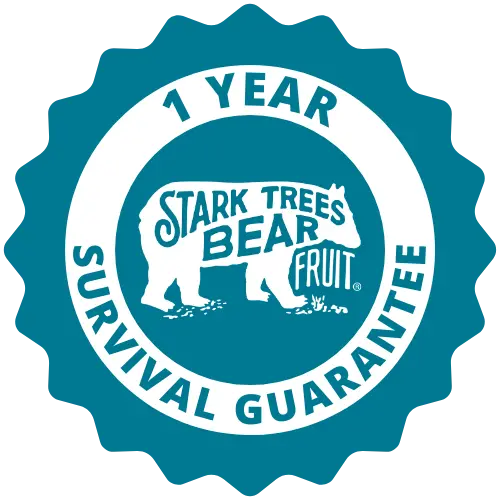

Since 1816, Stark Bro’s has promised to provide customers with the very best fruit trees and plants. It’s just that simple. If your trees or plants do not survive, please let us know within one year of delivery. We will send you a free one-time replacement, with a nominal shipping fee of $9.99. If the item in question is not available, we can issue a one-time credit to your account equaling the original product purchase price or issue you a refund. Read more about our warranty policy.
Characteristics
| Bloom Color | Green, Yellow |
| Distance To Pollinator | 75 - 250' |
| Fruit Color | Brown |
| Fruit Size | Medium - Large |
| Hardiness Zone Range | 4 - 7 |
| Pollination | Self-Pollinating |
| Ripens/Harvest | Late August To September |
| Shade/Sun | Full Sun |
| Soil Composition | Loamy |
| Soil Moisture | Well Drained |
| Soil pH Level | 6.0 - 7.0 |
| Taste | Buttery, Sweet |
| Texture | Tender Kernel |
| Years to Bear | 3 - 4 |
Size & Spacing
Mature Size
Recommended Spacing
Zone Compatibility
Pollination
This variety is self pollinating.
Tools & Supplies
Planting & Care
Learn all about how to grow walnut trees in The Growing Guide. An entire section of our website dedicated to your growing success.
Shipping Information
Arrives when it's time to plant
Questions & Answers
According to the USDA and Forest Service, currently no butternut selections are available that have known canker resistance. Research into this is ongoing. This variety does show resistance to anthracnose and "witches' broom disease".
Any tree of the Juglans genus (black walnut, butternut, English walnut, etc.) can produce juglone in varying amounts. If you are worried about toxicity to other plants, consider that shading caused by the stately canopies of these walnut trees is also problematic, so it's best to plant other plants and trees away from and out from under these trees.
Hi Joyce
We treat them just like we do black or English walnuts.
We let them ripen on the tree. When they fall we gather them up
And let the hulls dry. When they dry we tear off the hulls and let the nuts
Dry just a little more. Then we crack them. It's a little labor intensive but
They are great.
Thank you for your question. It should do fine in your growing zone. Be mindful to keep an eye on the moisture level for the first year or so and water the tree adequately if/when you have a dry spell.
Mine are doing fabulously in this exact soil. They are 2 years old and at least 10 feet tall. They have really taken off.
This is a new and distinct variety of Butternut tree (i.e. Juglans cinerea) is provided which originated as a chance seedling among seedlings produced from seed planted in a cultivated area. The new variety is of unknown parentage and readily can be distinguished by its ability to form large quantities of nuts which are frequently borne in clusters of five or more. Unlike nuts commonly formed on Butternut trees, the nuts of the present variety have the ability to readily separate from the hull. Additionally, the trees of the present variety exhibit good winter hardiness and resistance to the Witches'-Broom disease which commonly afflicts Butternut trees.
We appreciate you reaching out to us. We use several different rootstocks, depending upon the desired result and what is available. For that reason, we're unable to guarantee a specific rootstock. The Stark® EZ Start® potted tree program, which is responsible for our potted trees, utilizes an innovative design: bottomless pots. As the roots grow inside the pot, they eventually reach the bottom where the ends are air pruned. The roots are naturally severed, which forces more new feeder roots to develop within the container. This process creates a dense mass of roots that support the tree before and after the transplant process.
If you have any further questions please don't hesitate to reach back out to us. Have a great day!
IF it is not flowering you will not get nuts. IT could have been effected by a late freeze, but it is self pollinating and should produce nuts on its own.
yes they could possibly help.
Hi Edward, They are self pollinating and typically would have fruited by now. Have they flowered? If not, then they could be getting pruned too heavy, the flowers could be getting damaged or they might not be ready to bear yet.

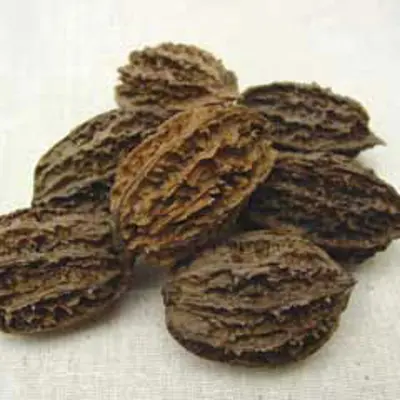
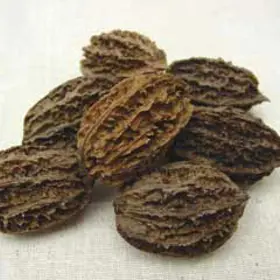
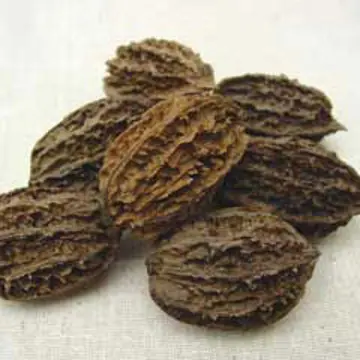
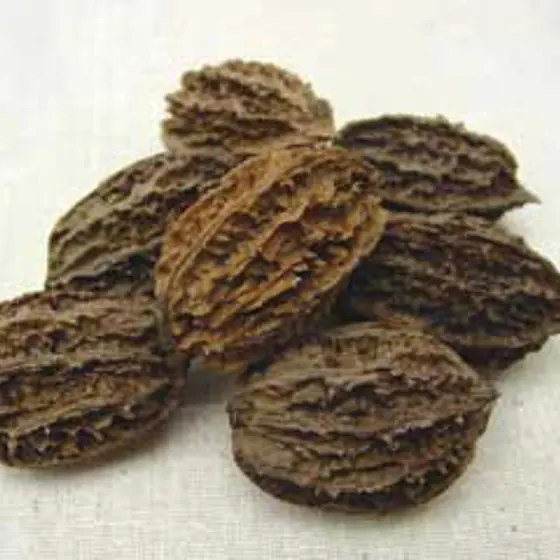
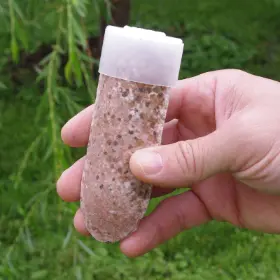
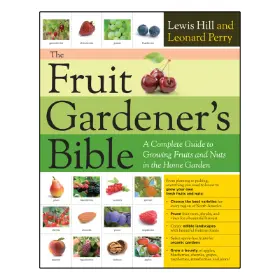
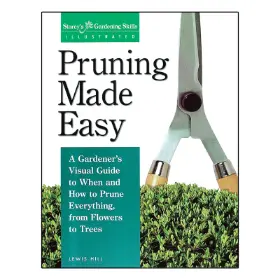
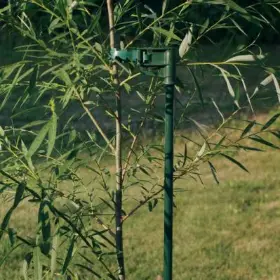


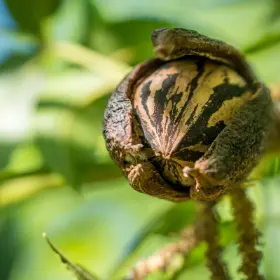
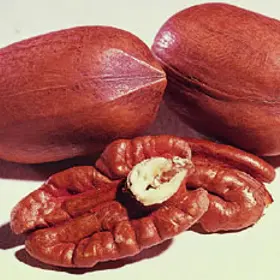
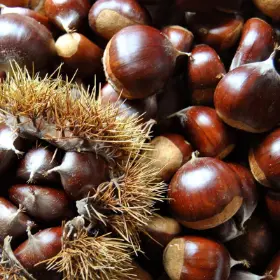
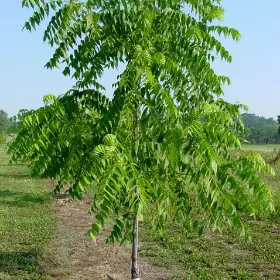
I chose the butternut because it is a NATIVE tree
Looking for walnut tree to include in new landscape.
Wanted to add this nut tree to my small orchard.
For my orchard